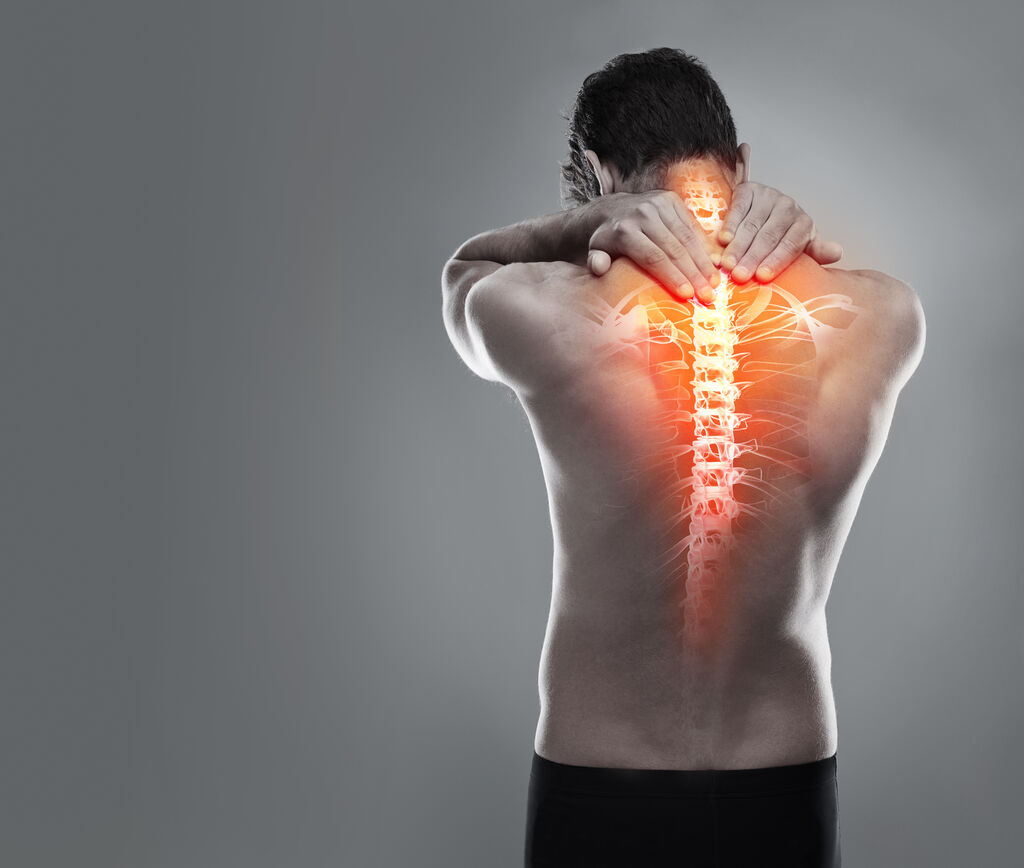Explore how massage therapy can be a natural and effective approach to managing chronic pain, providing relief and enhancing quality of life.
Chronic pain can be debilitating, affecting every aspect of a person’s life. However, there are natural approaches to pain management that can help, and one of the most immediately effective treatments is massage therapy.

Understanding Chronic vs Acute Pain
Chronic pain is persistent, often lasting for months or even years. It can stem from various conditions, such as arthritis, fibromyalgia, migraines, or injuries. While medication can provide temporary relief, it’s not always a long-term solution and can come with side effects. Acute pain is short-term pain stemming from a minor injury, strain, and even training for a healthier lifestyle. When pain becomes a part of your daily life, this is where massage therapy comes in.
Quick Guide to Managing Chronic Pain
- Stay Active: Prolonged rest can make pain worse. Engage in gentle activities to keep your muscles and bones active. Lack of movement can lead to stiffness, weakened muscles, poor sleep, and increased pain.
- Choose Gentle Exercises: Opt for exercises that don’t strain your body. Walking, swimming, cycling, dancing, yoga, and pilates are great options. Aim to be active every day, even if it’s just for a short period.
- Work is Beneficial: Being at work can distract you from the pain and may not necessarily worsen it. If certain tasks are challenging, discuss with your employer about possible modifications.
- Physical Therapy: A short course of physical therapy can help improve movement, relieve pain, and make daily tasks easier. This can include manipulation, stretching, and pain-relief exercises. Physiotherapists and occupational therapists can provide valuable advice and support.
- Painkillers: Over-the-counter painkillers can help manage pain. Paracetamol is a simple and safe option. Anti-inflammatory tablets like ibuprofen can also be considered, but always consult with a doctor or pharmacist.
- Online Resources: Several online resources are available for those living with pain. Websites like Action on Pain and Pain Concern offer valuable information. The Pain Toolkit provides self-help tips and strategies to manage persistent pain.
- Meditation for Pain: Meditation can be a powerful tool for managing chronic pain. The Pathway through Pain online course, available through some NHS areas, offers meditation courses for pain relief.
- Stay Hydrated: Drinking adequate water aids the healing process and keeps tissues hydrated.
For a more comprehensive guide and further information on managing chronic pain, you can refer to the NHS page on managing chronic pain.
The Role of Massage Therapy
Massage therapy can be a powerful tool in pain management. It works by manipulating soft tissues, releasing areas where muscle may have built up adhesions to the connective tissue. This is a result of improving circulation and promoting relaxation. This will help to reduce pain, improve mobility, and enhance overall well-being.
Types of Massage for Persistent Pain

Different types of massage can be beneficial, depending on the underlying cause. For instance, Swedish massage, known for its gentle, long strokes, can help to relieve tension and improve circulation. Other techniques, including deep tissue massage, use more intense pressure to target deeper muscle and connective tissue layers, making it ideal for chronic muscle tension or injuries.
A Holistic Approach
Massage therapy is not just about physical relief; it also addresses the emotional stress that often accompanies chronic pain. Massage’s soothing, mindful nature can help reduce anxiety and promote a sense of well-being, making it a truly holistic approach to pain management. At forget me Knot, you will find a relaxed atmosphere and a personalised approach that will leave you feeling mentally uplifted as well as physically relaxed.
For more information on the benefits of massage for chronic pain, you can refer to this comprehensive guide from the British Pain Society.
Remember, this blog post is intended for informational purposes only. It’s not a substitute for professional medical advice, diagnosis, or treatment. Always seek the advice of your healthcare provider with any questions you may have regarding a medical condition.

